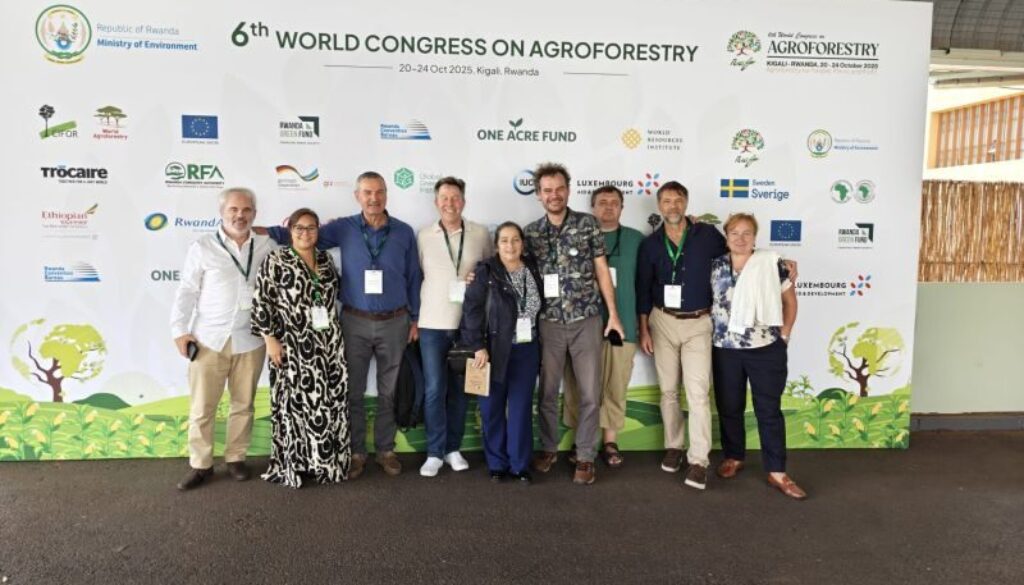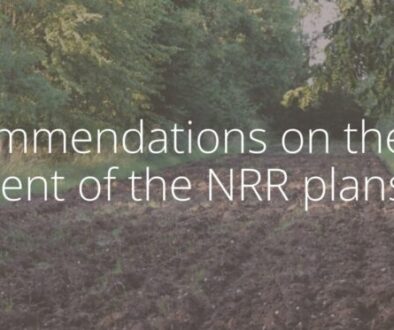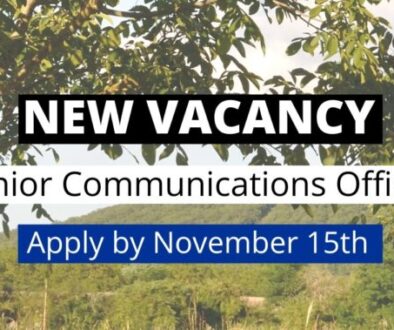EURAF at the World Congress on Agroforestry: Kigali 2025
A great number of EURAF delegates attended the 6th World Congress on Agroforestry in Kigali, Rwanda (October 20-24, 2025), under the slogan “Agroforestry for People, Planet and Profit.” Over 700 participants—scientists, practitioners, and policymakers—explored how agroforestry drives sustainable, biodiverse, and resilient landscapes. Discussions highlighted its potential to deliver productive farming systems with multiple benefits, including improved community well-being, biodiversity, food security, and reduced climate impacts.

Photo: The Rwanda Institute for Conservation Agriculture (RICA) is situated in a very inspiring environment and offers internationally accredited Bachelor of Science degrees in Conservation Agriculture.
Key Research and Contributions
EURAF members were highly active throughout the congress. Jakub Houška presented work on biodiversity risks and soil microbial responses to agroforestry in Czechia. Gerardo Moreno showed how scattered trees increase soil organic carbon in Iberian dehesas. Christian Dupraz presented on the Land Equivalent Ratios of the Restinclières experiment, emphasising the role of modelling and thinning. Christian Dupraz also introduced the AgroforestAR augmented reality app, developed with Marie Gosme. They co-presented a poster on climate change impacts using the Hi-sAFe model. Michael den Herder presented on estimating agroforestry area and GHG mitigation potential in Europe, crucial for EU policy like the Deforestation Regulation. Rosa Maria Mosquera-Losada presented a new agroforestry monitoring methodology for the Forest Resource Assessment (FRA) and showcased the Advisory MOOC and Decision Support Tool developed by the AF4EU project. Anastasia Pantera gave three presentations covering AF4EU results, land use change (SUSSOIL), and nature-based solutions (DRYAD). Pierluigi Paris presented on estimating woody biomass for carbon farming using drone data (INNO4CFIs). EURAF members also organised sessions and met as the Editorial Board of the Agroforestry Systems Journal.
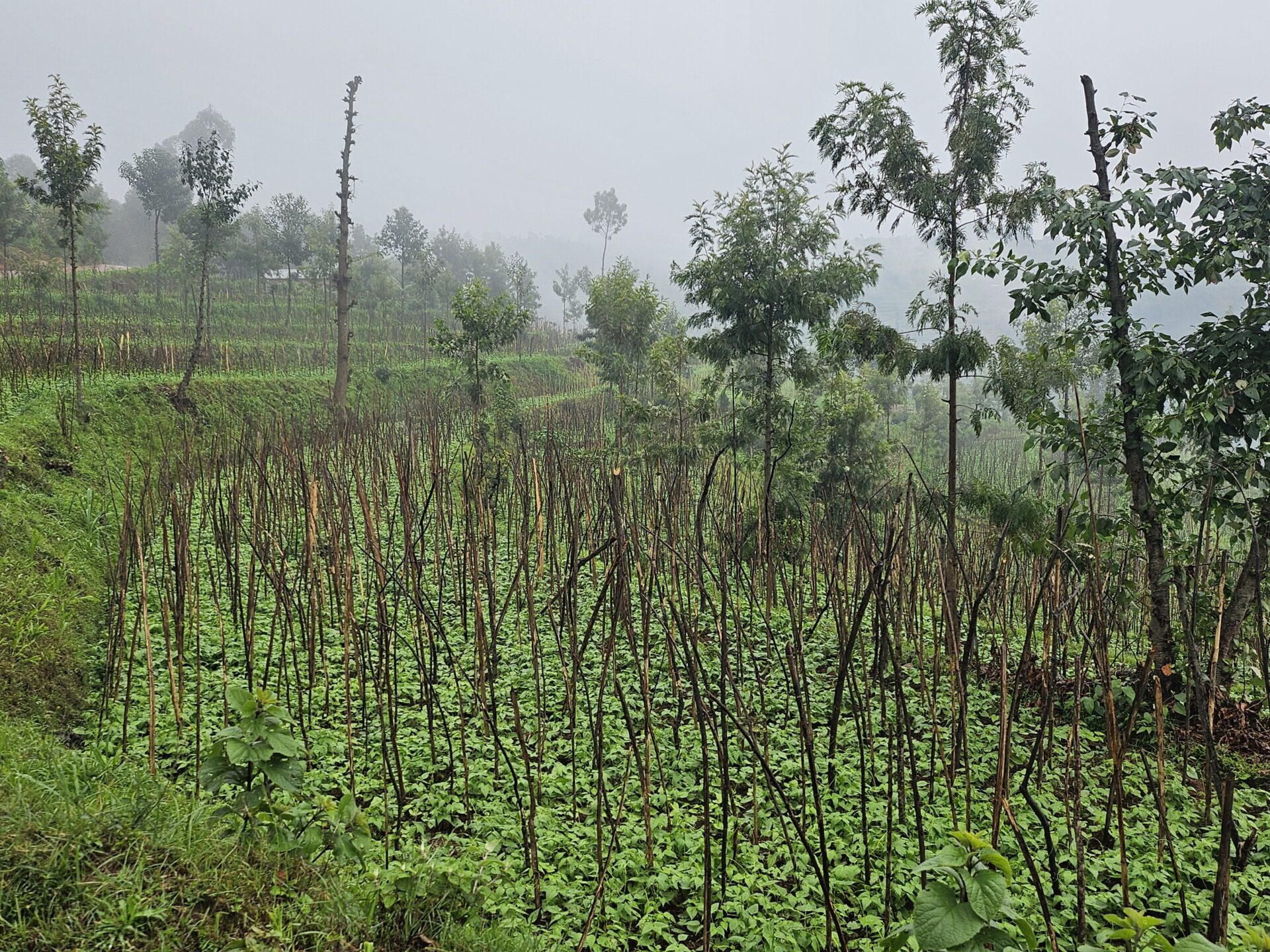
Photo: Terraces with trees, crops and residual branches for slope stabilization in the Gicumbi District, Northern Province of Rwanda.

Photo: The Bugesera district is an important agricultural area but it’s more prone to drought compared to the rest of Rwanda. In this site, RICA is pioneering with new methods aimed at restoring soil health and productivity.
Learning and The Way Forward
Field excursions provided practical insight, visiting the Rwanda Institute for Conservation Agriculture (RICA)—a “living laboratory”—and the successful Green Gicumbi Project, which has established nearly 10,000 hectares of agroforestry.
The upcoming Kigali Agroforestry Declaration will set the roadmap. Two crucial messages emerged: First, we must trust farmers and combine their local knowledge with science and policy. Second, a focus on Neglected and Underutilized Crop Species (NUS) is vital, as NUS offers immense potential for developing local value chains, increasing nutritional diversity, and improving climate adaptation, simultaneously creating opportunities for marginalized groups. The essential tools and knowledge are available; success requires better collaboration among farmers, researchers, advisors, and policymakers to incentivize the adoption of Agroforestry for People, Planet and Profit.
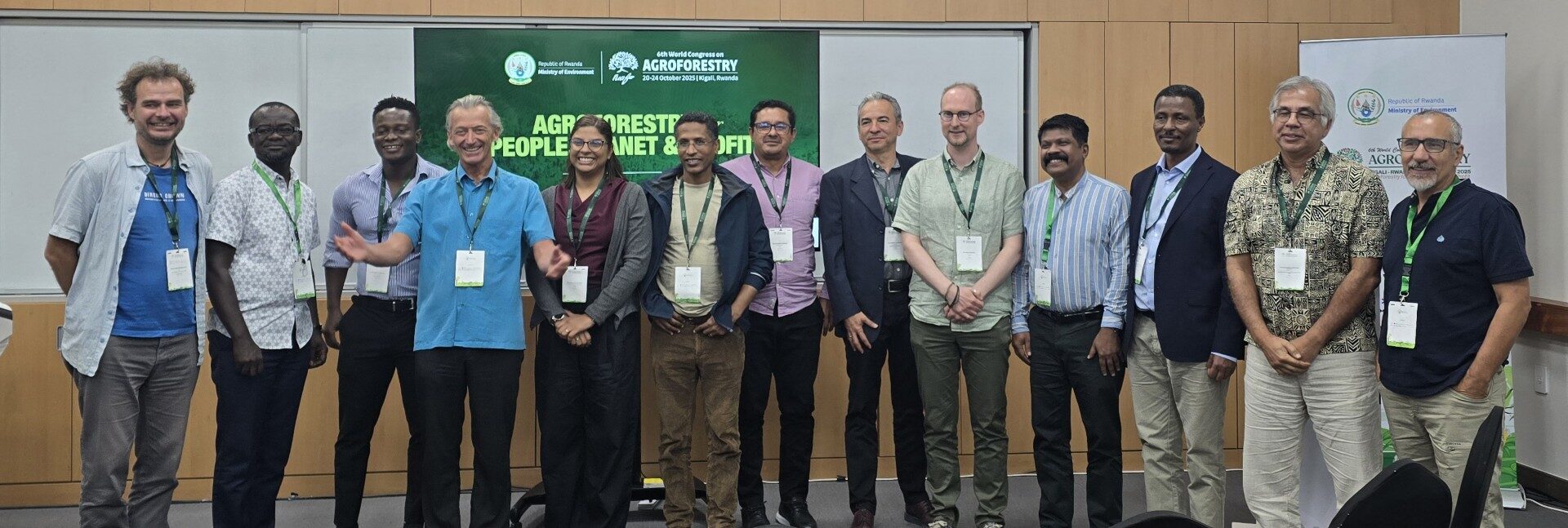
Photo: The Editorial Board of Agroforestry Systems at the World Congress on Agroforestry.

Photo: Experimental site near the Rwanda Institute for Conservation Agriculture (RICA) testing the performance of Markhamia lutea, Faidherbia albida and Grevillea robusta in a an agroforestry system combined with maize and beans.
